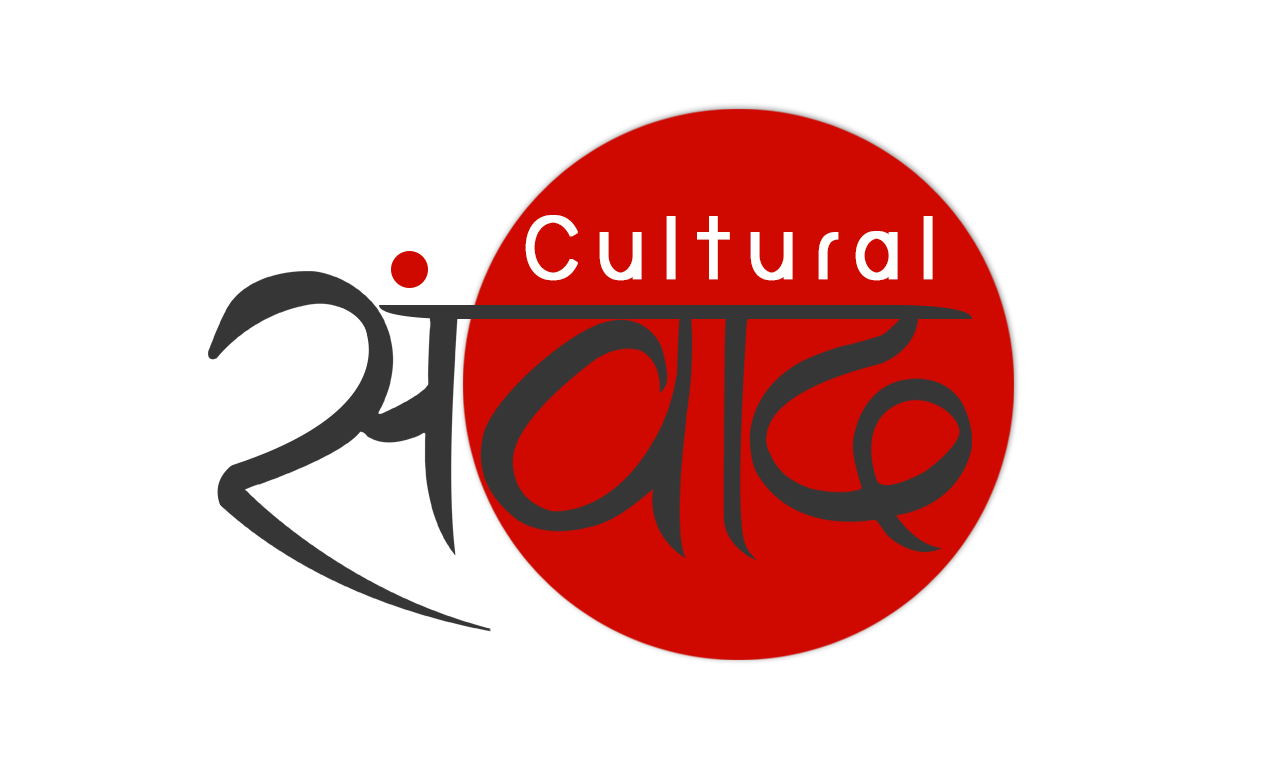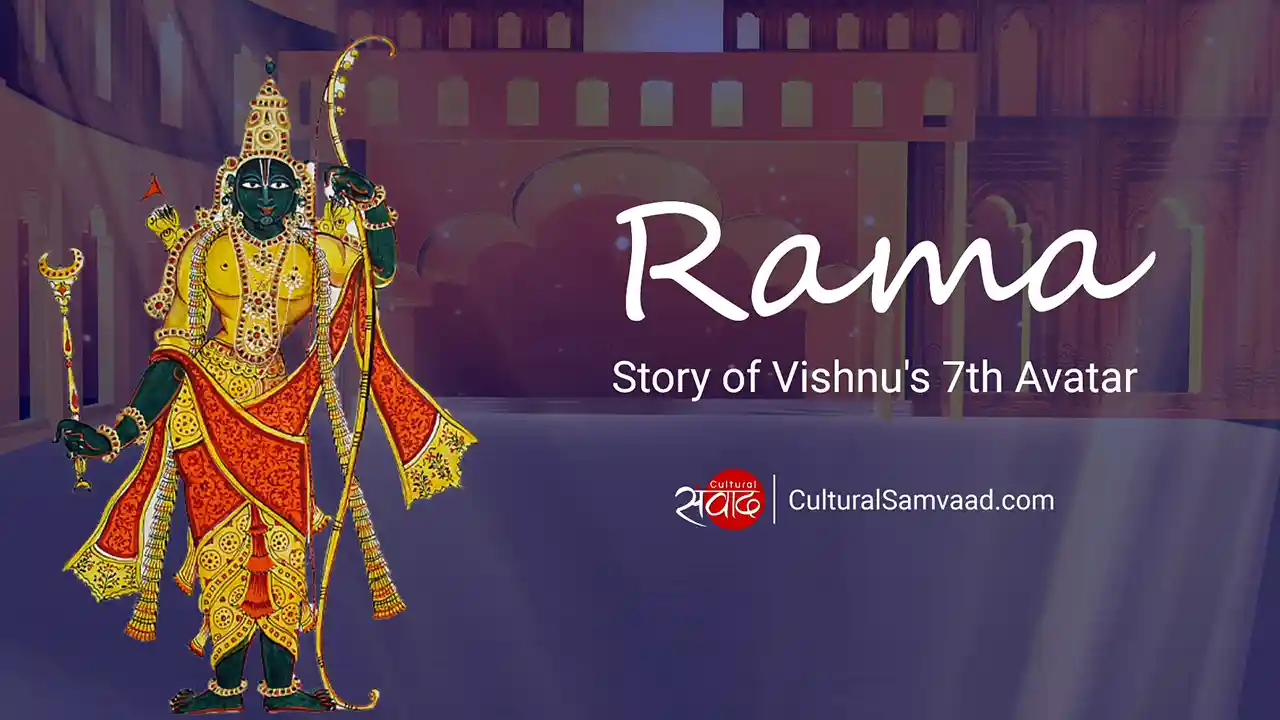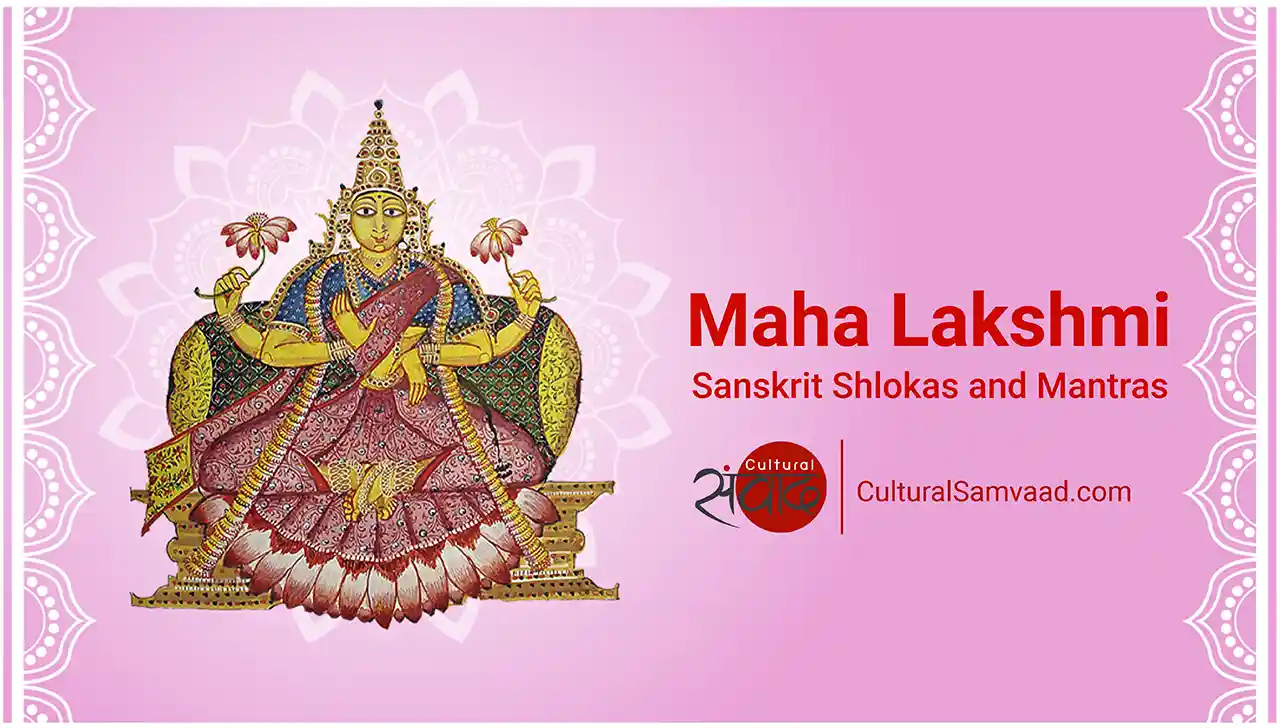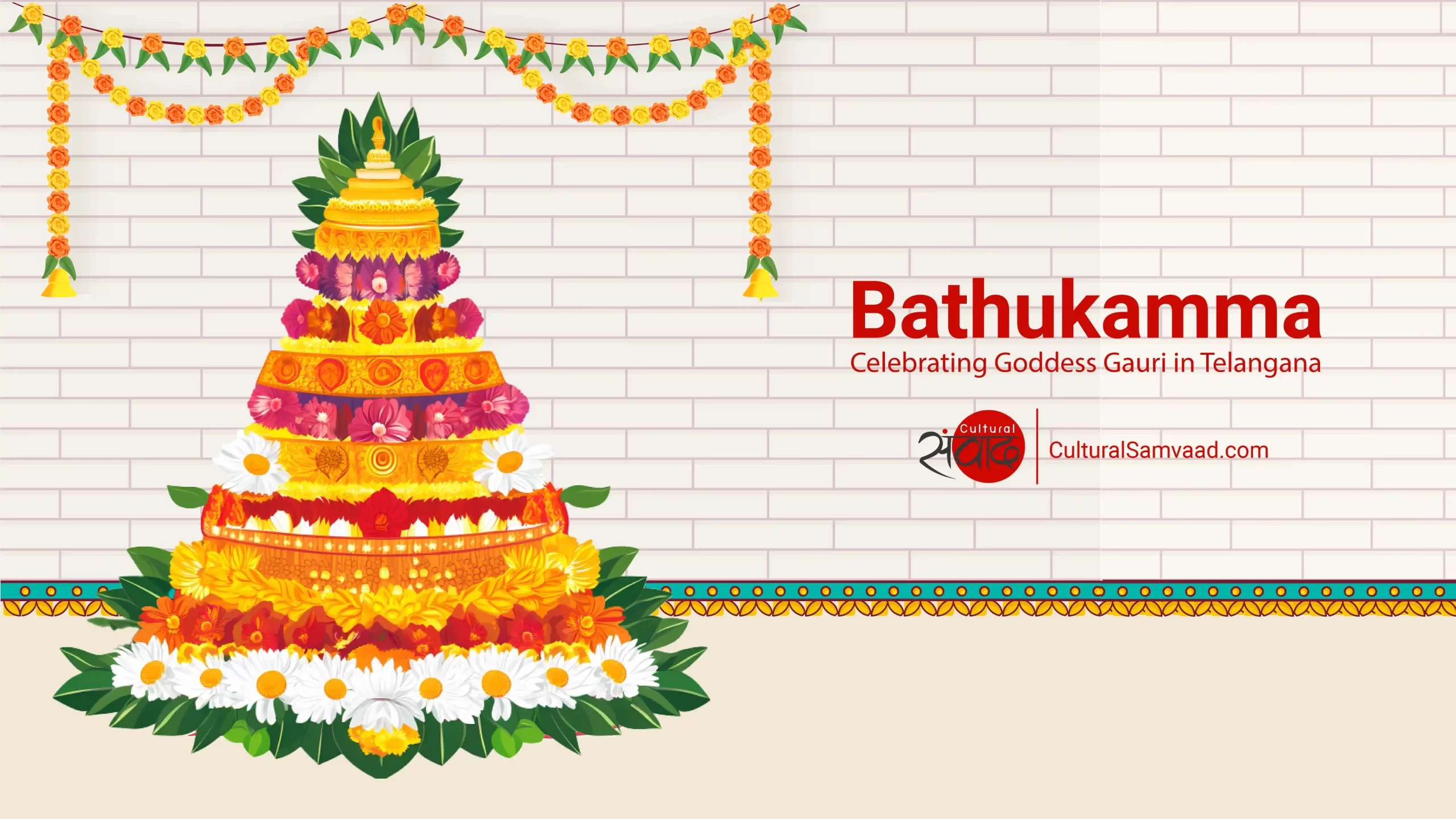Editor’s Note: This piece summarises two essays titled – ‘Hinduism and Indian Nationalism’ and ‘Hinduism Nationalism: What it Stands For’ authored by the great freedom fighter – Shri Bipin Chandra Pal and not only provide brilliant insights into certain aspects of our nation building but also offer food for thought in contemporary times.
Brief Introduction to Bipin Chandra Pal
Bipin Chandra Pal has the distinction of being one of ‘the mightiest prophets of nationalism’ of India. He was the ‘Pal’ of the famous triumvirate of Lal-Bal-Pal. A journalist by profession, he is credited with the launch of the journal ‘New India’ and the daily ‘Bande Mataram’ which was also edited by Aurobindo Ghose. While Pal has been overshadowed to some extent by Lal and Bal in contemporary times, his writings are critical for contextualising some of the issues that are formative to the idea of India and continue to be discussed and debated even today.
Irfan Habib has noted that Bipin Chandra Pal was ‘a proponent of aggressive nationalism and was associated with revolutionary groups.’ (Please refer to postscript below) He had given a clarion call for attaining ‘Purna Swaraj’, advocated the boycott of foreign goods and the adoption of ‘swadeshi’. Pal was acutely aware that India was not an island in herself and was keenly interested in international affairs. He authored several pieces with a sense of foreboding for India in the background of the geopolitical changes happening in China and other parts of the world.
Like many freedom fighters of his times, Bipin Chandra Pal was focussed on educating the masses, eradicating social ills, and working towards the economic upliftment of the common Indian citizen. He not only opposed the caste system but also worked towards what can be termed ‘women empowerment’ in his context. At a personal level, he walked the talk when he chose to marry a widow after his first wife passed away.

Gleanings from Bipin Chandra Pal’s Essays
In ‘Hinduism and Indian Nationalism’, Bipin Chandra laid down the tenets of a new brand of nationalism. He explained that the new spirit of nationalism is ‘intensely realistic’ and ‘not imitative’ in character. While it has the transformation of ancient symbols and philosophy at its core to establish a connect with the masses, it is not only limited to a revival of religious ideas but also focusses on social reformation. Pal elevated the idea of ‘Svaraj’ to a goal that is not just political in nature but also has associated spiritual and religious underpinnings.
- There is a new idea of nationalism that is now pervading the minds of political leaders spearheading the revival of nationalistic fervour. These leaders are men and women who have managed to synthesise their rationalist perspectives which were primarily born from their Euro-centric education with the meanings and inspirations of the ‘ancient symbols and sacraments of their people’. They have revived their faith ‘in national institutions and scriptures’ and their ‘religious spirit, at once so real and so conservative’ is ‘rehabilitating the old beliefs and trying to adjust them to the demands of the modern life and thought.’
- The leaders are cognisant of the fact that ‘statesmanship is not concerned with the rationality, but simply with the reality, of popular faiths. For it is this reality, the earnestness and sincerity with which particular faiths are held, which lends vitality and strength to historic movements.’ They know that ‘Hinduism is not dead, but still living; the religion of the Hindu is not idolatry, not even ideolatry; the old gods are no mere myths.’ It is in the light of these partly philosophical and partly political truths that they are creating new symbols or a new form of idolatry ‘representing the apotheosis of the geographical habitat of the race.’
A few examples quoted by the author deserve special mention. The interpretation and transformation of the popular Hindu goddess – Jagaddhatri (जगद्धात्री) as symbolic of the different stages of nationalism and Shree Krishna as a nation-builder and the divine exemplar for Hindus in all times to come are symbols that have invigorated the masses. The author states – ‘This wonderful transfiguration of the old gods and goddesses is carrying the message of new nationalism to the women and the masses of the country.’
Daily mundane rituals like purification of the physical body with mantras that invoke the sacred rivers of India’s geography have acquired intensely spiritual connotations and have also become symbolic of the geographic unity of the land and its people.
‘Gangeca, Jamunecaiva, Godavari, Sarasvati,
Narmmada, Sindhu, Kaveri, jalesmin sannidhim kuru.’
May the Ganges, the Jumna, the Sarasvati, the Nerbudda,
the Indus, and the Kaveri, enter into this water.
- The new Nationalist Movement is not limited to religious revival but has led to a great social revival in the country. ‘There has been at work a slow and silent process of the liberalization of old social ideas. The old bigotry that anathematized the least deviation from the rules of caste, or the authority of custom, is openly giving way to a spirit of new tolerance. The imperious necessities of national struggle and national life are slowly breaking down, except in purely ceremonial affairs, the old restrictions of caste.’
Neo-Vedantism and/or Neo-Hindusim are at work and are ‘seeking to realize the old spiritual ideals of the race, not through monkish negations or medieval abstractions, but by the idealization and the spiritualization of the concrete contents and actual relations of life.’ They demand, ‘consequently, a social, an economic, and a political reconstruction, such as will be helpful to the highest spiritual life of every individual member of the community.’
While ‘the spiritual note of the present Nationalist Movement in India is entirely derived from this revived Vedantic thought’, the limited influence of European thoughts and ideals’ is admitted. The author states that the new social revival should not be read superficially as a ‘conflict between the progressive and conservative elements of Indian society’, but as ‘a conflict between aggressive European and progressive Indian culture.’
- Pacifism and non-violence are not a given to achieve desired ends. The ‘real spirit of Indian Nationalism’ is essentially religious and ‘its end is the realisation of God-life in and through the activities of the social and the political life. That end is absolutely assured, but whether it will be reached by peaceful means or not will be determined by the capacity or incapacity of British statesmanship to work out the problem that faces it in India.’
- ‘Svaraj’, the proclaimed ideal of the Indian people, is more than a political term and conveys much more than ‘self-government’ which is assumed to be a given. The term borrowed from ancient Vedantic philosophy is essentially a positive concept which for political purposes implies ‘not merely the absence of bondage’ like freedom but also includes in its purview ‘the settlement of all disputes due to conflict of interests, either national or international. The concept involves not merely national freedom, but universal federation also, without which nations can never be established in perfect harmony with one another.’
The word not only ‘signifies the highest spiritual end’ but also ‘represents the highest political ideal’.
In the second essay titled ‘Hinduism Nationalism: What it Stands For’, Bipin Chandra Pal collectively referred to the points mentioned above as ‘Hindu Nationalism’. However, he boldly and broadly asserted that this brand of nationalism is characterised by an essentially universal and synthesising spirit. It is focussed on inclusion and not exclusion.
- Hindu nationalism has the term ‘Narayana’ as its cornerstone. Each human being is an indivisible part of ‘Narayana’ and hence the ultimate aim of Hindu nationalism is to rise above all distinctions of his colour, creed, country or caste; to believe in ‘vasudhaiva kutumbakam’ and to strive for national and universal well-being. Hindu nationalism is thus, universal in nature and encompasses all nations of the world.
‘Our holy men have known and revered every human individual, whatever his colour, creed, country or caste, as Narayana himself. Every human, the lowest socially as well as the highest, is uniformly saluted by the holiest of our holy men all over India, as Narayana. The collective life of the various tribes, races, and nations of the world is equally regarded by the highest Hindu thought, as diverse vehicles and manifestations of Narayana. This Narayana or Humanity is the Whole, the different nations of the world are parts of that Whole. Narayana or Humanity is the Body, the different tribalities, racialities and nationalities are limbs of that Body. The whole is implied in the parts the organism in the organs. Narayana or Universal Humanity is, therefore, logically implicit in every tribe, race, and nation. And the end and aim of the evolution of all these various social units must, therefore, be to make explicit this hidden life of Narayana in their own life and activities.’
‘Hindu Nationalism implies neither selfish conflicts with, nor arrogant isolation from, the other nations of the world.’ ‘Hindu Nationalism stands, therefore, not only for the furtherance of the cause of true freedom in India, by which I understand the fullest scope and opportunity for the utmost possible development and perfection of the special genius and character of our people, our culture and our civilisation—with the view to be able to bear our share of the work of universal humanity and to make our special contribution to the culture and character of the race—but also for the continuance of the British connection with us for the immense possibilities of that federal internationalism which may be most easily secured for our nation through this connection.’
- Hindu nationalism recognises that there is a cultural basis to national differentiators in addition to territorial demarcations. It recognises that ‘the whole structure of the civilisation of our rulers is based, as Lecky says, ‘upon the belief that it is a good thing to cultivate intellectual and material capacities even at the cost of certain moral evils which we are able accurately to foresee.’ It challenges and confronts the preference of material and intellectual ends over moral and spiritual ends.’
- Hindu nationalism accepts that India is but a part of the whole and is characterised by a passion for unity that ‘underlies all forms and classes of diversities and differences.’
‘Even as advocates of Hindu culture and Hindu civilisation, we cannot, therefore, consistently with the teachings of Hinduism itself, refuse to admit that our culture and civilisation represent only a part of universal human culture and civilisation, and at their best, have so far rendered only a few notes of that universal humanity which includes all the different races and cultures of the world.’
‘For we hold that God has left no country or people without witnesses unto His Spirit or proofs of His Providence; and that the Universal is present behind the Particular everywhere. Universal Humanity is the regulative idea in all historic evolutions. Particular culture-histories are therefore only parts of the history of universal culture and have consequently a close kinship with one another. Their unity is necessary and basal. Their divergences, however wide and vital, are due either to differences of race-consciousness—which is the element of permanence in racial evolution—or of physical environments or historic associations or to differences in the stages of evolution in which these severally stand.’
Note: The summary quotes liberally from the author’s work. The quotes are in single inverted commas and are not in the order in which they appear in the original work.
Postscript: These two pieces of seminal importance and I read them as part of the anthology on ‘Indian Nationalism’ edited by Irfan Habib.
Habib included them in a section on ‘Religion-centric Nationalism’. The following extract from his introduction to the section is worth mentioning here to help the reader in understanding the intent of the editor of the anthology.
‘The late nineteenth and the early twentieth centuries witnessed the emergence of religion and culture as crucial props to articulate nationalism. Religious and historical characters were used for political mobilization. This type of nationalism caused a huge section of Indians to feel left out. This nationalism was also closely associated with some revivalist trends, where religion occupied centrality in visualizing India. This was reflected in the choice of Hindu religious symbols as well as in the reading of history. There were similar trends among Muslims, which began as Islamic nationalism but ended in the split of the nation around two nation theory.’
References
- Irfan Habib. Indian Nationalism— The Essential Writings. Aleph Book Company, 2017.






Just wanted to point out thst Bipin Chandra Pal’s first wife was also a child widow. Passed away in her 20’s, leaving behind three daughters and a son of 7. It was a terrible tragedy for Pal who dearly lived his wife. He was later advised to remarry for the sake of his son who needed a mother. Then he married again, to another child widow.⁹